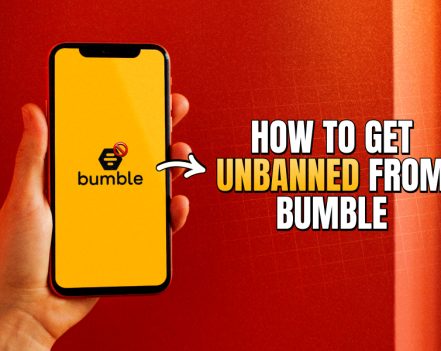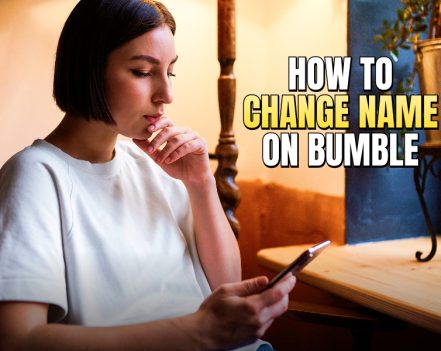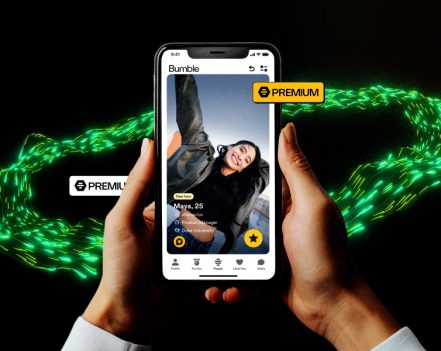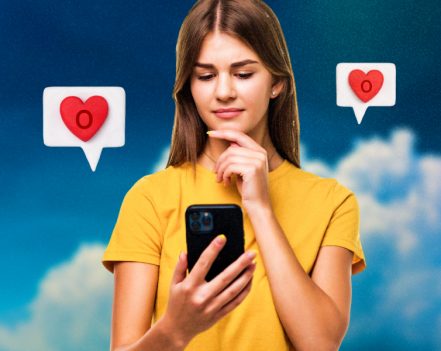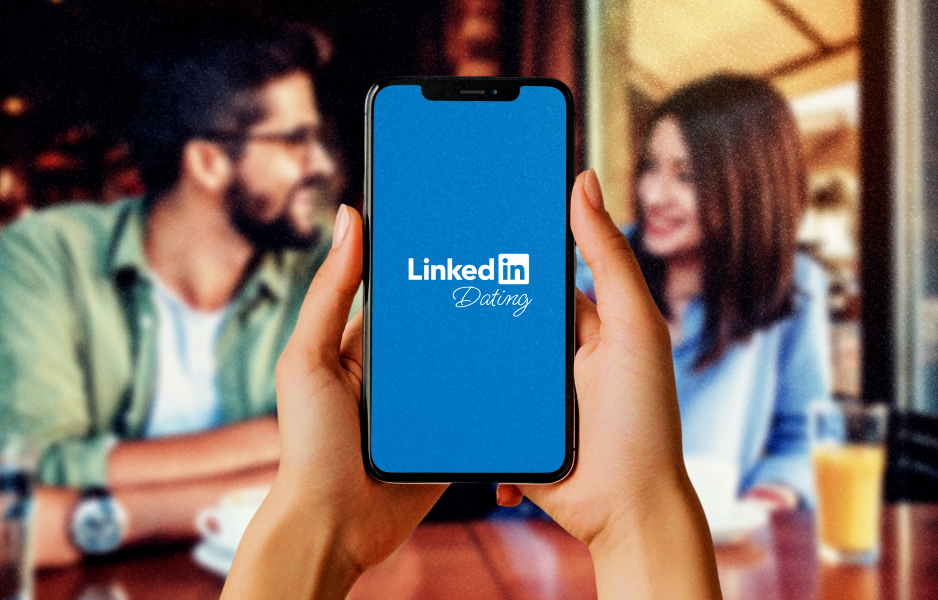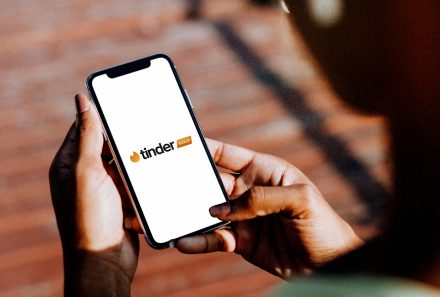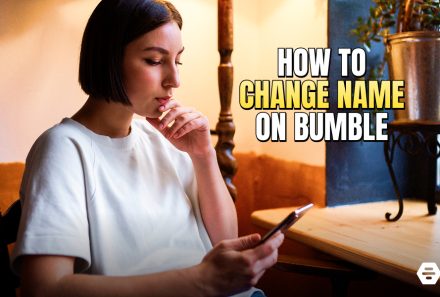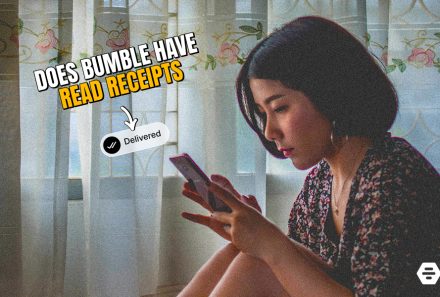- LinkedIn has 1.2 billion users with 1.77 billion monthly visits in February 2025.
- Approximately 47% of LinkedIn users are in the 25 to 34-year age group.
- As of February 2025, 43.1% users were female and 56.9% users were male.1
So, many (frustrated) working individuals in one space – connected for ‘professional’ networking. What did you expect was going to happen? Were these workaholics always meant to keep things professional? I don’t think so.
Tell me something (keeping aside all ethical considerations): don’t people often fall in love at work?
I’ve spent more than 7 years in the corporate world, and it’s no less than a Netflix romance drama – The Office wasn’t lying all those years ago. It is inevitable, really.
As a result, when I first came across the concept of LinkedIn dating, I wasn’t surprised. In fact, for a few days, I believed that LinkedIn had actually launched a feature by the same name. As a business expansion move, this seemed organic, considering users were already using the platform to meet new people. Then, why not make it official?
But after in-depth research, I realized it’s a phenomenon, and consciously or unconsciously, all of us are a part of it.
Today, I am going to talk about three things that will hopefully shape how people will continue to fall in love in an age ruled by algorithms:
- The inevitability of falling in love with your colleague.
- Are dating apps dying a slow death? The 25 to 34 age group is going through a dating app fatigue and is looking for other spaces to make genuine connections.
- Using LinkedIn and other professional platforms to meet new people and potentially connect.
Stay tuned.
What Is LinkedIn Dating?
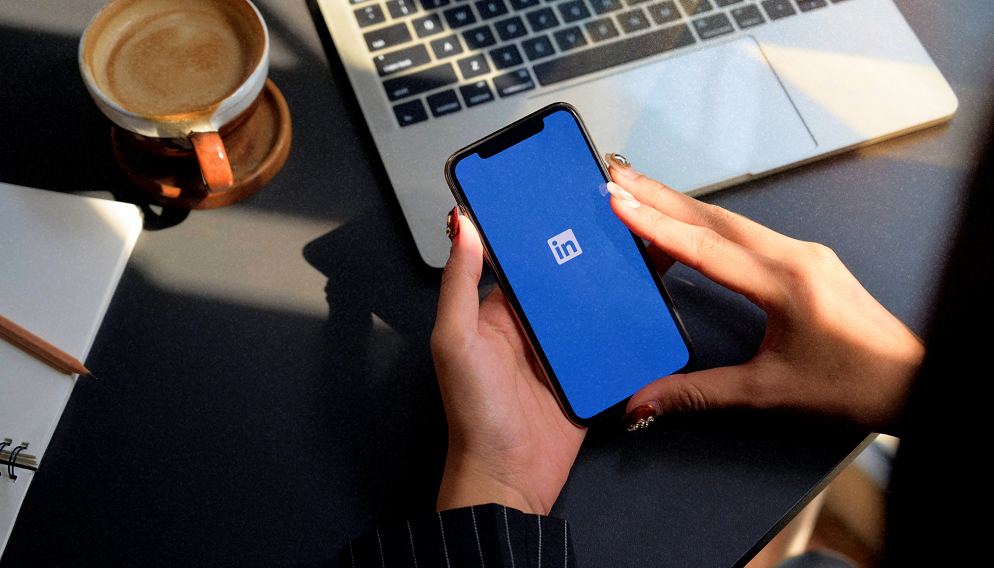
I have been using LinkedIn for nearly a decade now.
Without a doubt, LinkedIn is an excellent way of connecting with people who share your goals, ambitions, and education. On that note, isn’t it only normal to find someone special on the platform? LinkedIn dating sounds somewhat uncommon only because of LinkedIn’s established reputation as a professional networking site.
But here’s the twist: LinkedIn might identify as a strict professional networking site, but it has not stopped users from meeting their soul mate on the platform. In fact, a recent study has highlighted how 61% people aged between 35 and 40 have actually found dates on the platform.
Also, this trend extends to individuals in the 20 to 40 age group, with 52% respondents expressing acknowledgement of the unexpected role of LinkedIn in modern love.
And fellow Indians are no exception to this dating trend. Plus, as an Indian woman working in corporate for the last seven odd years, I have had my share of DMs that were anything but professional.
And I’m not alone. So many of my friends and colleagues have talked about similar DMs. Also, think about it: how many times have you used LinkedIn to look up people you have seen on dating apps? Why leave it to fate when you can count on technology?
But Why LinkedIn?
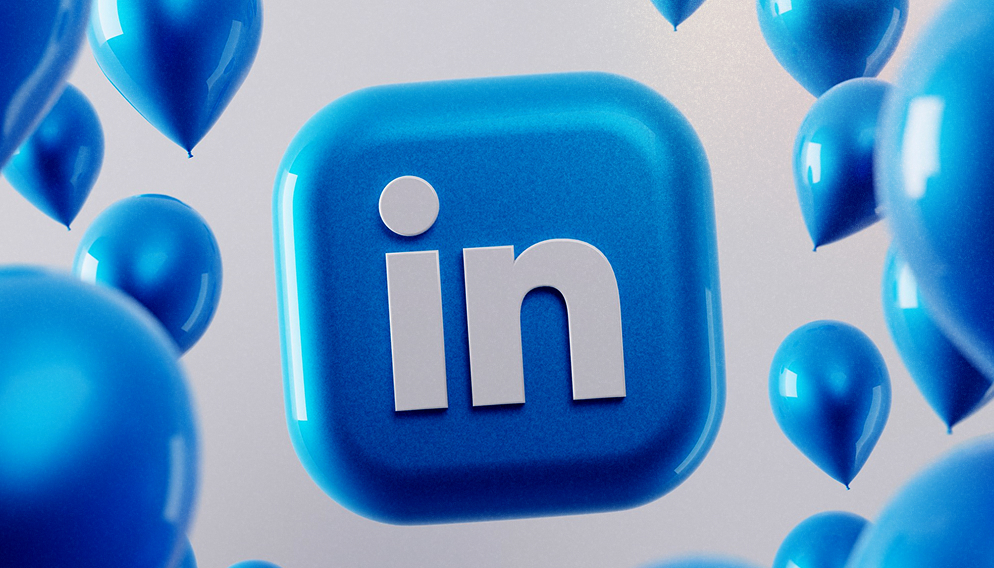
The authenticity of LinkedIn has motivated people to use the platform for personal networking. Please take a moment to understand this distinction. Yes, people are using LinkedIn increasingly for finding love and making connections.
However, that doesn’t mean people are using LinkedIn as a dating app entirely. Rather, they are using the platform as a space for connecting with like-minded people based on shared experiences and professional interests. This shift has been driven by a want (rather than a desire) for finding authentic connections.
Moreover, the frustration associated with ghosting and superficiality on conventional dating apps only adds to this shift. This is true considering LinkedIn adds a solid layer of credibility via professional profiles, mutual connections, recommendations – all of which are appealing for anyone looking for something meaningful and, more importantly, genuine.
I came across this post on Reddit where a man shared his story of how he met his wife on LinkedIn.
Apparently, they were friends for decades, but what they didn’t know was that they were both divorced. He talked about how his wife came across his photo in an old box of things, and how she reached out on LinkedIn. Soon, the two were able to rekindle their love and ended up getting married.
On that note, here’s why it works on LinkedIn:
1. Credibility And Authenticity
Profiles on LinkedIn feature a user’s career and academic trajectory – where did they go to school, which university did they graduate from, and where have they been working? Moreover, most accounts also come with professional recommendations, personal achievements, and so much more information.
As a result, the platform ends up offering users a relatively realistic view of someone as compared to curated profiles on dating apps.
2. Shared Professional Goals And Interests
Do you know why people fall in love at work? It’s about meeting people who work in the same professional environment, which means everyone is going through the same problems. Moreover, it also means people with shared professional interests and goals are meeting one another daily.
LinkedIn is no different. In a post-pandemic world ruled by a remote working environment, people want to connect with others who share similar interests, career paths, and values. Moreover, users also want to identify potential partners who can understand their issues, and how will someone understand your problem if they are not facing similar challenges?
3. Lack Of Fake Accounts
This one’s HUGE! Dating apps are famous for fake accounts, curated profiles that have no authenticity, and unnecessary ghosting. Of course, in comparison, the chances of finding fake accounts on LinkedIn are very low.
People on LinkedIn are on the platform for professional networking. So, they are not going to lie about their educational background or professional goals. As a result, it makes so much more sense to check out your crush on LinkedIn!
Are Workplace Romances Inevitable?
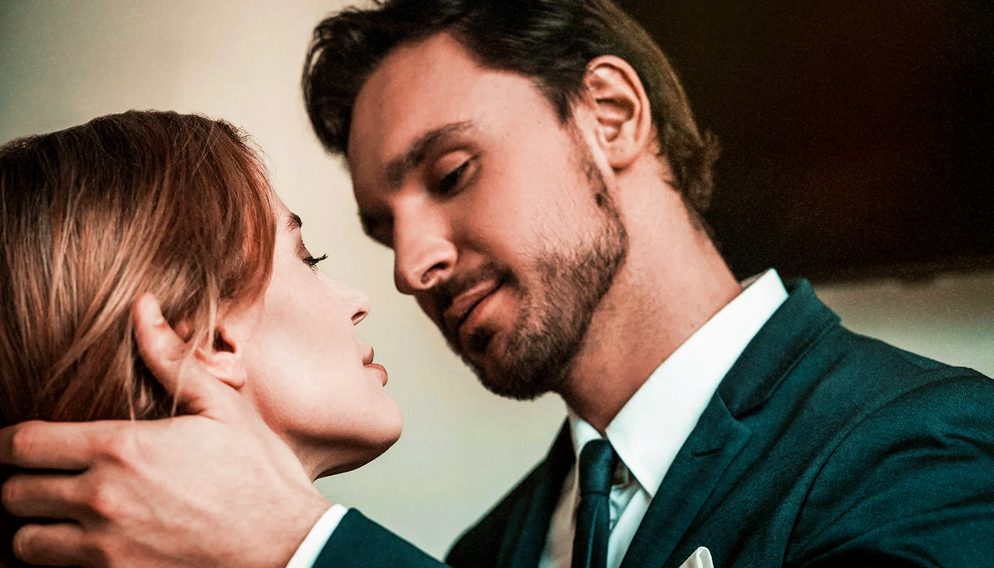
Needless to say, it is a tale as old as time – I’m talking about workplace romances. Yes, it is as good as an HR nightmare and is generally frowned upon. But in reality, it is inevitable. Remember, only a few weeks ago, Astronomer’s CEO was caught cuddling with his HR Head at a Coldplay concert – both were married at the time.
The truth is, many lovers end up meeting at work – and it doesn’t have to end as a scandal necessarily. The Obamas met at work in their 20s and are currently happily married. As per data collected in 2017 2, in every 10 straight couples said they met at work.
This is bound to happen, considering you spend 40 to 45 hours with colleagues at work every week, and that is enough time for personal bonds to flourish at the workplace.
Moreover, it is the shared work environment that fosters human attraction between colleagues. But why? This is because working together breeds two things that lay the foundation for mutual attraction between two people: Familiarity and Intimacy.
Meeting someone every day creates a psychological bias (A.K.A mere exposure effect) that breeds familiarity – the more you see something, the more you will feel motivated to like it. Secondly, being nearby daily leads to the building of interpersonal relationships quickly. And this not just includes physical proximity but also intellectual and emotional proximity.
Also, I believe that the whole you-get-me-like-no-one-does logic plays a vital role in workplace romances. And this can be directly linked to why someone uses LinkedIn to seek connections with similar professional interests and goals.
Think about it – when your favorite colleague understands you non-verbally but your partner fails to do so, it might disappoint you. But people come on, it’s just psychology – and inevitable.
“I Met My Husband On LinkedIn” (The Story That Changed Everything)
Katie Ortman Doble, a recruiter based in Denver, shared a story on LinkedIn nearly a decade ago. The story was titled, “How I Met My Husband.” Finding love on LinkedIn ten years ago was something very unusual. And needless to say, the story became viral.
Katie, a corporate recruiter, spent most of her time on LinkedIn looking up potential candidates – it was more of a habit and less of a job for her. In a strange twist of fate, she met her husband while she was hiring for a content writer position.
According to Katie, she knew she wanted to know the candidate better, and definitely not professionally. She liked his smile and the kind of work he was doing. Fortunately, things panned out just as Katie had hoped.
In her post, Katie shared, “The beauty of LinkedIn is that you can learn so much about a person before ever talking to them…Every time I log into LinkedIn, I’m reminded of how grateful I am for the day I clicked connect.”
While Katie’s story was unique ten years ago, it’s no longer a one-off thing. Today, asking someone out on LinkedIn is super common. The rise of LinkedIn dating was eventual, and I am convinced it is here to stay for the next decade.
LinkedIn dating is trending currently – while most people are shocked, I knew it was inevitable. What are your thoughts? Tell us!
REFERENCES:
- https://sproutsocial.com/insights/linkedin-statistics/ ↩︎
- https://www.pnas.org/doi/10.1073/pnas.1908630116 ↩︎
